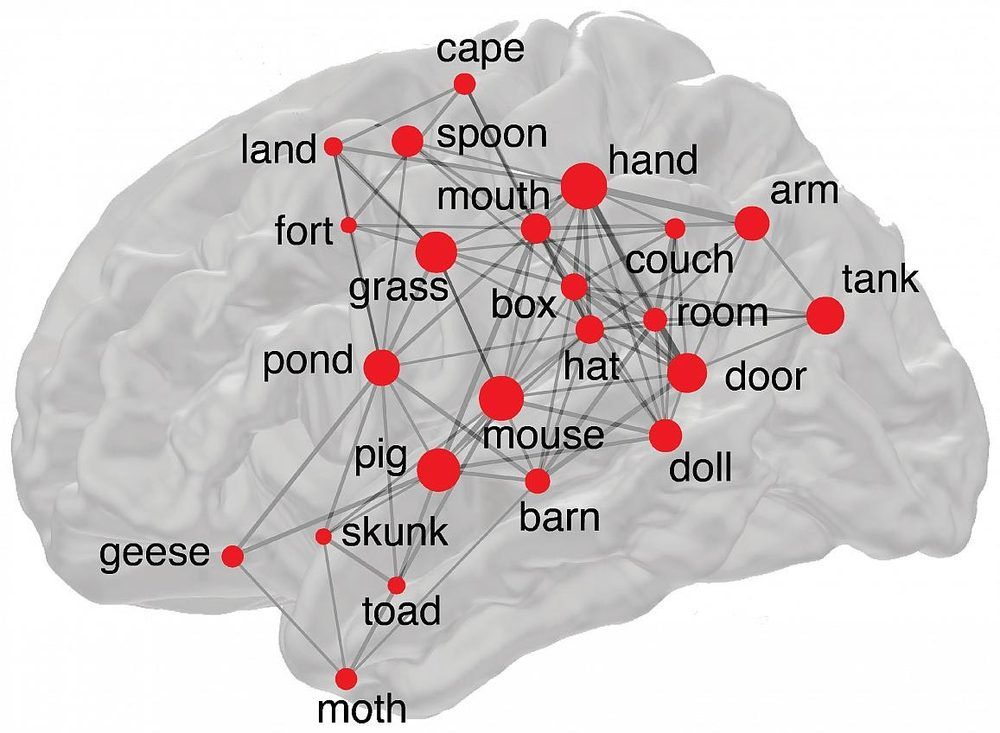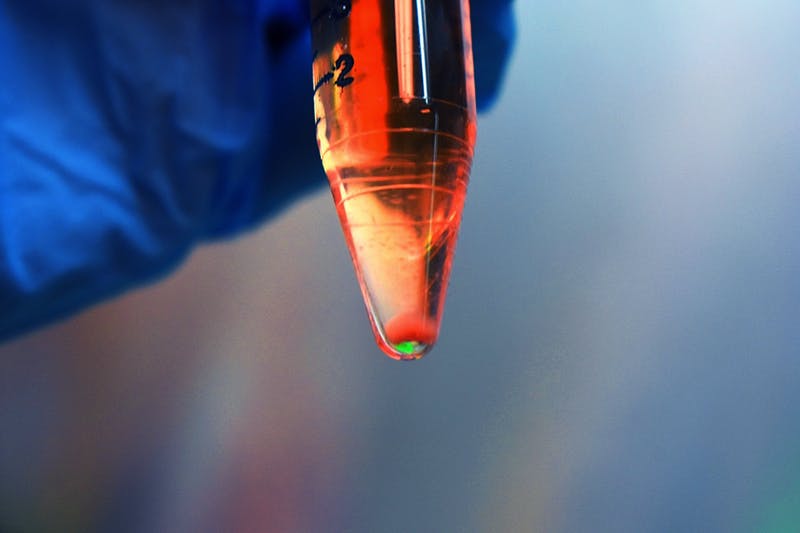Samsung’s Galaxy Z Flip looks like it could be getting a strong new LG rollable phone contender.



The flight computers and avionics of NASA’s Space Launch System (SLS) rocket’s core stage for the Artemis I mission were powered on and have completed a thorough systems checkout. The test used Green Run software that was developed for the test and loaded in the flight computers for the first time. The SLS avionics power on and checkout was the second of eight tests in the Green Run test series at NASA’s Stennis Space Center near Bay St. Louis, Mississippi, where the core stage is installed in the B-2 Test Stand. The test steadily brought the core stage flight hardware, which controls the rocket’s first eight minutes of flight, to life for the first time. The three flight computers and avionics are located in the forward skirt, the top section of the 212-foot tall core stage, with more avionics distributed in the core’s intertank and engine section as shown in the right image. Engineers from NASA and Boeing, the core stage prime contractor, worked in control rooms as the avionic systems inside the Artemis I core stage, shown in the left image, were checked out. While this is the first time the Green Run software was used to control all the avionics in the flight core stage, engineers qualified the avionics and computers with earlier tests in the Systems Integration and Test Facility at NASA’s Marshall Space Flight Center in Huntsville, Alabama.
The core stage will provide more than 2 million pounds of thrust to help launch Artemis I, the first in a series of increasingly complex missions to the Moon through NASA’s Artemis program. NASA is working to land the first woman and next man on the Moon by 2024. SLS is part of NASA’s backbone for deep space exploration, along with NASA’s Orion spacecraft, the human landing system, and the Gateway in orbit around the Moon.

A USC Dornsife chemistry professor’s bet on a student proposal leads to new understanding of what defines a metal — and lands the cover of Science.
Ryan McMullen had never heard of the USC Dornsife College of Letters, Arts and Sciences when he started casting about for a graduate chemistry program. But on the recommendation of one of his professors, he sent an email to the College’s Professor of Chemistry Stephen Bradforth proposing an experiment to tease out what makes a metal really a metal.
The proposal would not only turn into his Ph.D. thesis but a major scientific breakthrough.

Taipei, July 4 (CNA) A Chinese military aircraft entered Taiwan’s southwest air defense identification zone (ADIZ) on Saturday, before being chased off by Taiwanese patrol planes, according to the Air Force Command Headquarters.
Taiwanese fighter jets responded with radio warnings, and they monitored the Chinese aircraft’s movements until it flew off, the Air Force said.
There is no cause for public alarm, the Air Force said, adding that it was closely monitoring the airspace and waters around Taiwan.

Researchers from ETH Zurich have achieved what scientists have been attempting to do for some 20 years: in their laboratory work as part of European Horizon 2020 research projects, they have manufactured a chip on which fast electronic signals can be converted directly into ultrafast light signals—with practically no loss of signal quality. This represents a significant breakthrough in terms of the efficiency of optical communication infrastructures that use light to transmit data, such as fiber optic networks.
In cities like Zurich, these fiber optic networks are already being used to deliver high-speed internet, digital telephony, TV, and network-based video or audio services (“streaming”). However, by the end of this decade, even these optical communication networks may reach their limits when it comes to rapid data transmission.
This is due to the growing demand for online services for streaming, storage and computation, as well as the advent of artificial intelligence and 5G networks. Today’s optical networks achieve data transmission rates in the region of gigabits (109 bits) per second. The limit is around 100 gigabits per lane und wavelength. In the future, however, transmission rates will need to reach the terabit region (1012 bits per second).

Artificial intelligence (AI) is transforming how enterprises analyze and process information. It is also shifting from theoretical to real-world technology. Companies are deploying AI technologies to boost efficiency, reduce costs, and grow sales and profitability. The technology can also reduce marketing waste by predicting what works. It is the most impactful innovation of our lifetime, and it will create new winners and losers across entire industries.
According to Gartner, artificial intelligence will create $2.9 trillion in business value and 6.2 billion hours of worker productivity globally in 2021. Most of that value will be realized by enterprises that implement AI in functions such as sales management, customer service, manufacturing, and logistics. With improvements in natural language processing, employees and users can easily communicate with machine-learning interfaces.
Let’s look at how AI applications are revamping digital enterprises and the retail industry.

Thousands of words, big and small, are crammed inside our memory banks just waiting to be swiftly withdrawn and strung into sentences. In a recent study of epilepsy patients and healthy volunteers, National Institutes of Health researchers found that our brains may withdraw some common words, like “pig,” “tank,” and “door,” much more often than others, including “cat,” “street,” and “stair.” By combining memory tests, brain wave recordings, and surveys of billions of words published in books, news articles and internet encyclopedia pages, the researchers not only showed how our brains may recall words but also memories of our past experiences.
“We found that some words are much more memorable than others. Our results support the idea that our memories are wired into neural networks and that our brains search for these memories, just the way search engines track down information on the internet,” said Weizhen (Zane) Xie, Ph.D., a cognitive psychologist and post-doctoral fellow at the NIH’s National Institute of Neurological Disorders and Stroke (NINDS), who led the study published in Nature Human Behaviour. “We hope that these results can be used as a roadmap to evaluate the health of a person’s memory and brain.”
Dr. Xie and his colleagues first spotted these words when they re-analyzed the results of memory tests taken by 30 epilepsy patients who were part of a clinical trial led by Kareem Zaghloul, M.D., Ph.D., a neurosurgeon and senior investigator at NINDS. Dr. Zaghloul’s team tries to help patients whose seizures cannot be controlled by drugs, otherwise known as intractable epilepsy. During the observation period, patients spend several days at the NIH’s Clinical Center with surgically implanted electrodes designed to detect changes in brain activity.

